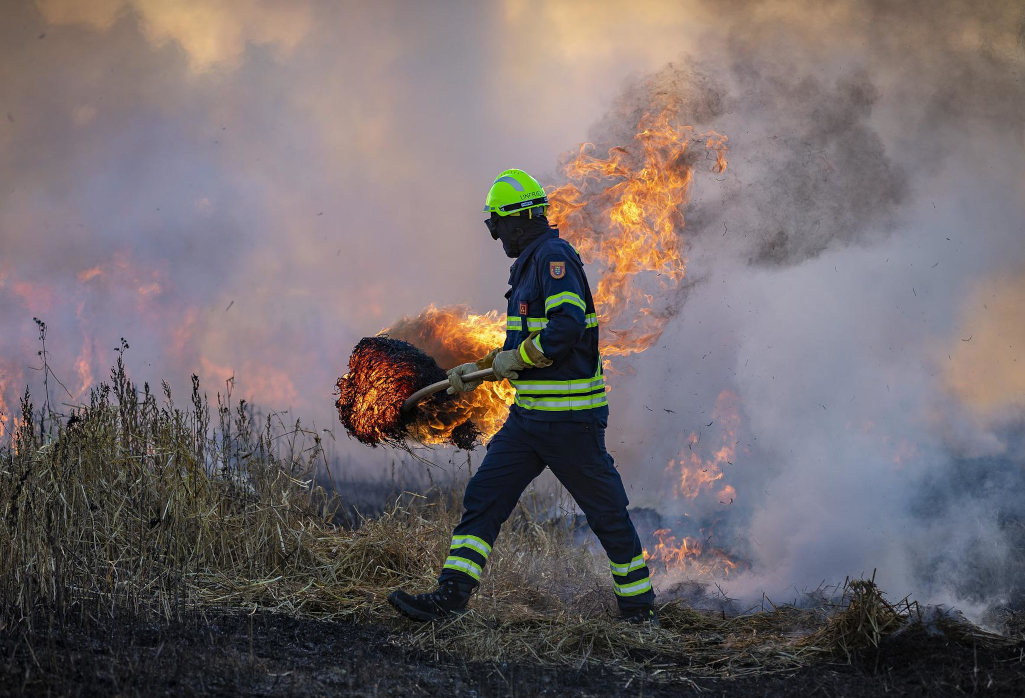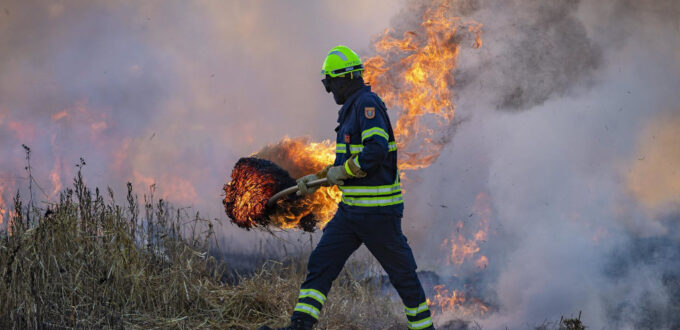
The number of extreme fire weather days in Australia has grown by 56 per cent over the past four decades, according to research by an international team of scientists including CSIRO.
The research, published last week in the scientific journal Reviews of Geophysics, found that the number of extreme fire weather days each year and the length of the fire season has both significantly increased in Australia over the past four decades.
The average length of Australia’s fire season has increased by approximately 21 per cent over the last 41 years from 1979 to 2019 – the equivalent of being 27 days longer.
The average number of extreme fire weather days in Australia has grown by approximately 56 per cent over the same time period – the equivalent of 11 more days each year.
In comparison, the global average saw a 27 per cent increase in length of fire season, bolstered largely by significant surges in western North America, Amazonia and the Mediterranean.
While Australia sits below the global increase here, the country’s increase in extreme fire weather days has slightly outpaced the rest of the world, which averages at 54 per cent.
In the wake of the research’s publication, CSIRO has suggested that an increase in fire weather translates to an increase in the number of Australian bushfires, pointing to the Black Summer of 2019/2020 as a recent example.
The national agency also highlighted that rising global temperatures in the years to come will likely lead to the further lengthening of fire seasons around the world.
To read the full research, click here.
The rain is still with us but spring and summer will be here soon. Do you have sufficient cover for your house and your business? Ask the friendly team at Austbrokers Terrace for their advice.
Source: NIBA











